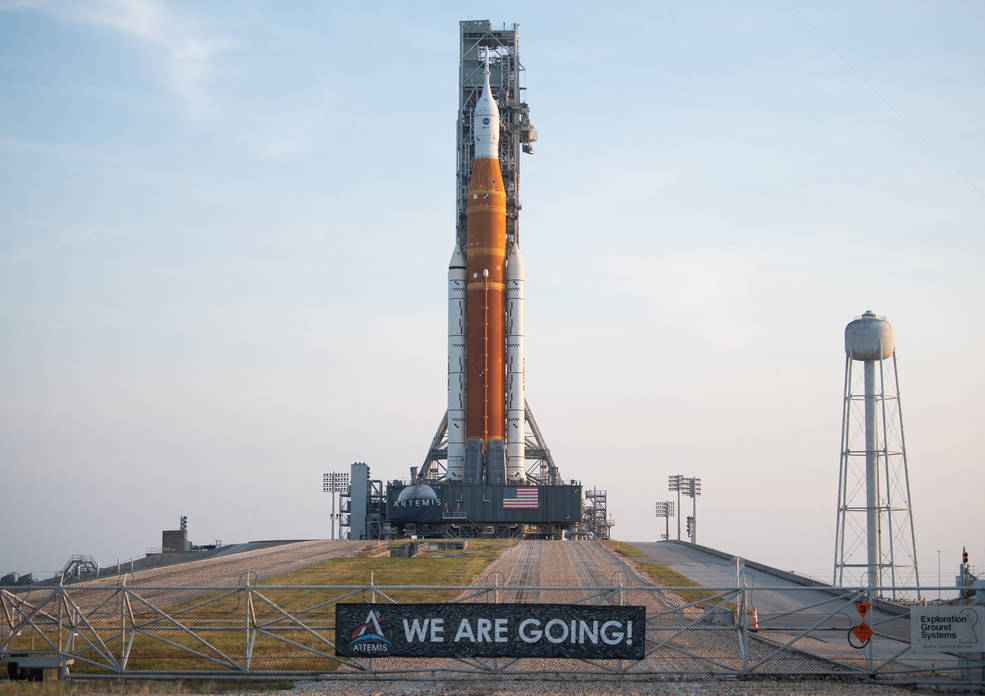To advance a historic lunar mission, NASA’s Artemis 1 moon rocket returned to the launch pad on Tuesday night, August 19.
At around 10 p.m. EDT, the massive Space Launch System (SLS) megarocket and its Orion spacecraft began rolling out to a launch pad at the Kennedy Space Center for Artemis 1, an unmanned test flight (02:00 GMT Wednesday, Aug. 17).
Moving of the Orion, which is piled atop the rocket, started from the KSC’s Vehicle Assembly Building and will last up to 11 hours. The crawler transporting the Artemis 1 components must travel to Launch Pad 39B at a speed of around 1.6 to 3.2 km/h (1.2 to 2 mph).
Why Did NASA Make Such A Decision?
NASA made the decision to launch the rocket exactly two days earlier than anticipated. The team completed testing of the flight termination mechanism, the last significant task needed before the rocket was shut down and the final access platforms at the VAB were retracted, the agency reported on its Artemis blog(opens in new tab).
When Will The Deployment Take Place?
The deployment, which is anticipated to take between 8 and 11 hours depending on weather, road conditions, and other technical issues, has not yet been given a full timeline by NASA.
Conclusion
No sooner than August 29, the unmanned mission’s blastoff will maneuver the Orion spacecraft around the moon to test its systems in preparation for future human flights. There will be multiple webcasts of the mission’s science and other technological developments in between.
NASA aims to launch the crewed Artemis 2 mission to circle the moon in 2024, followed by the Artemis 3 landing mission in 2025.
